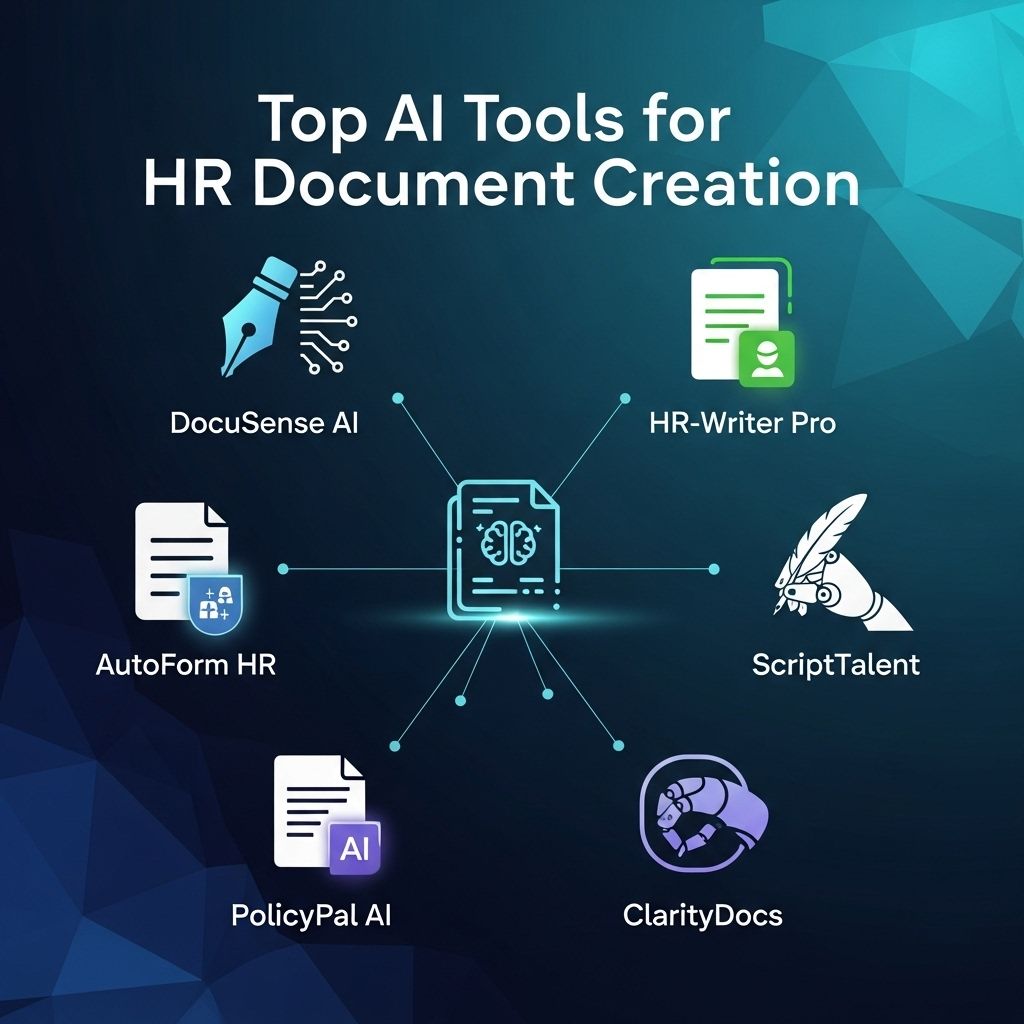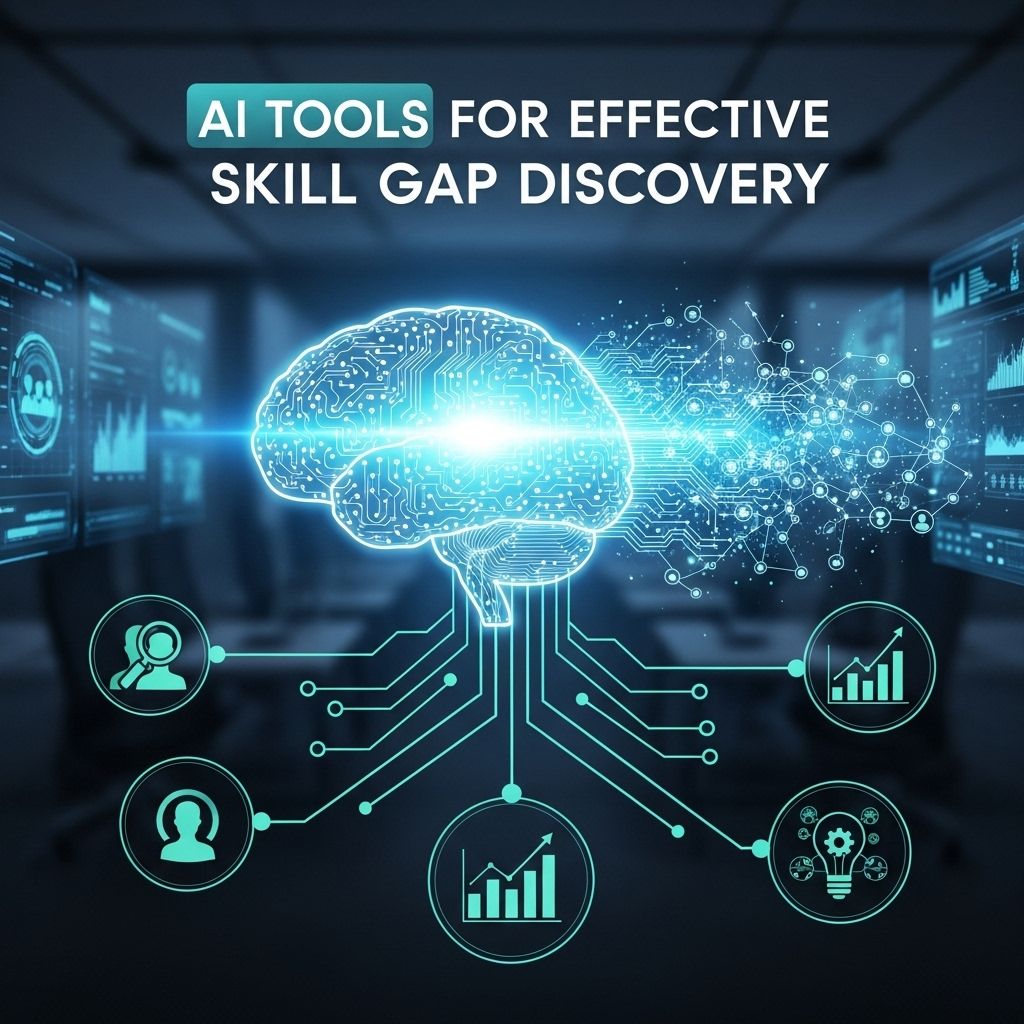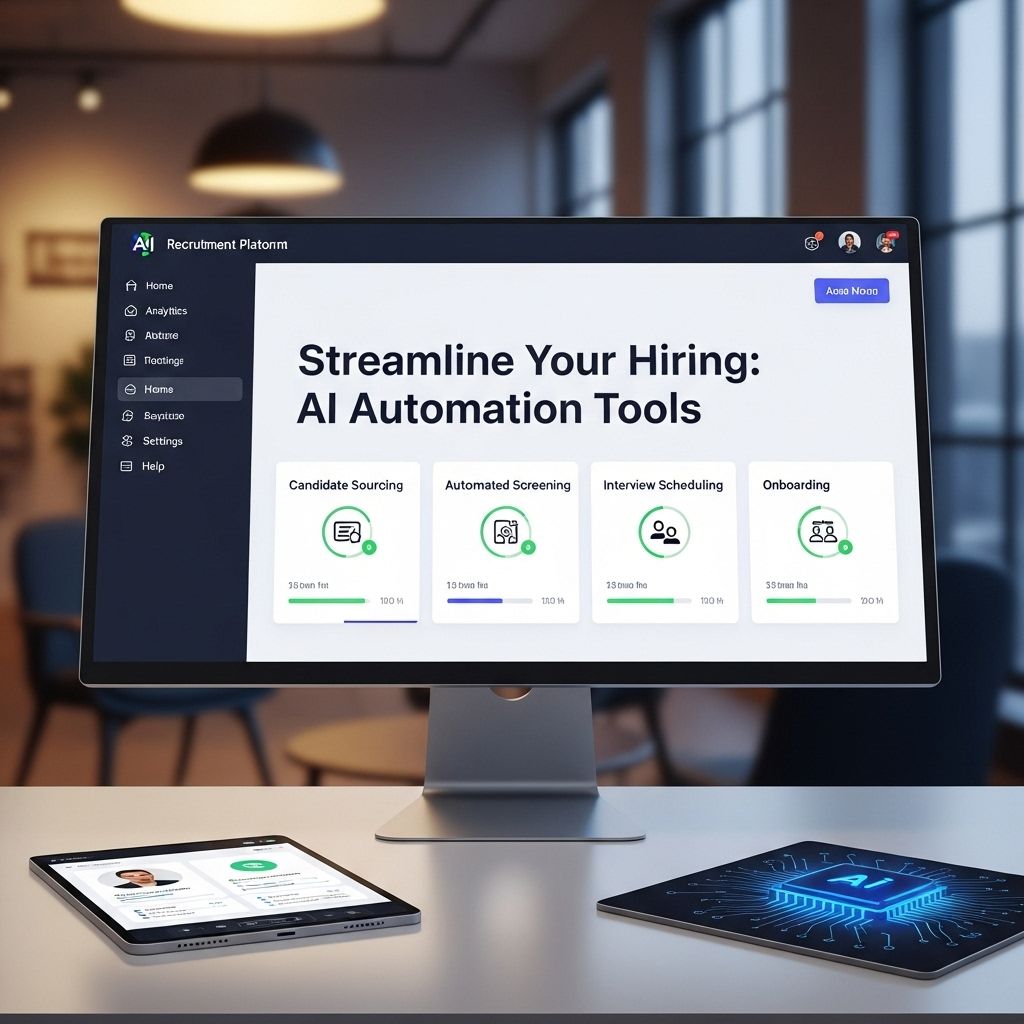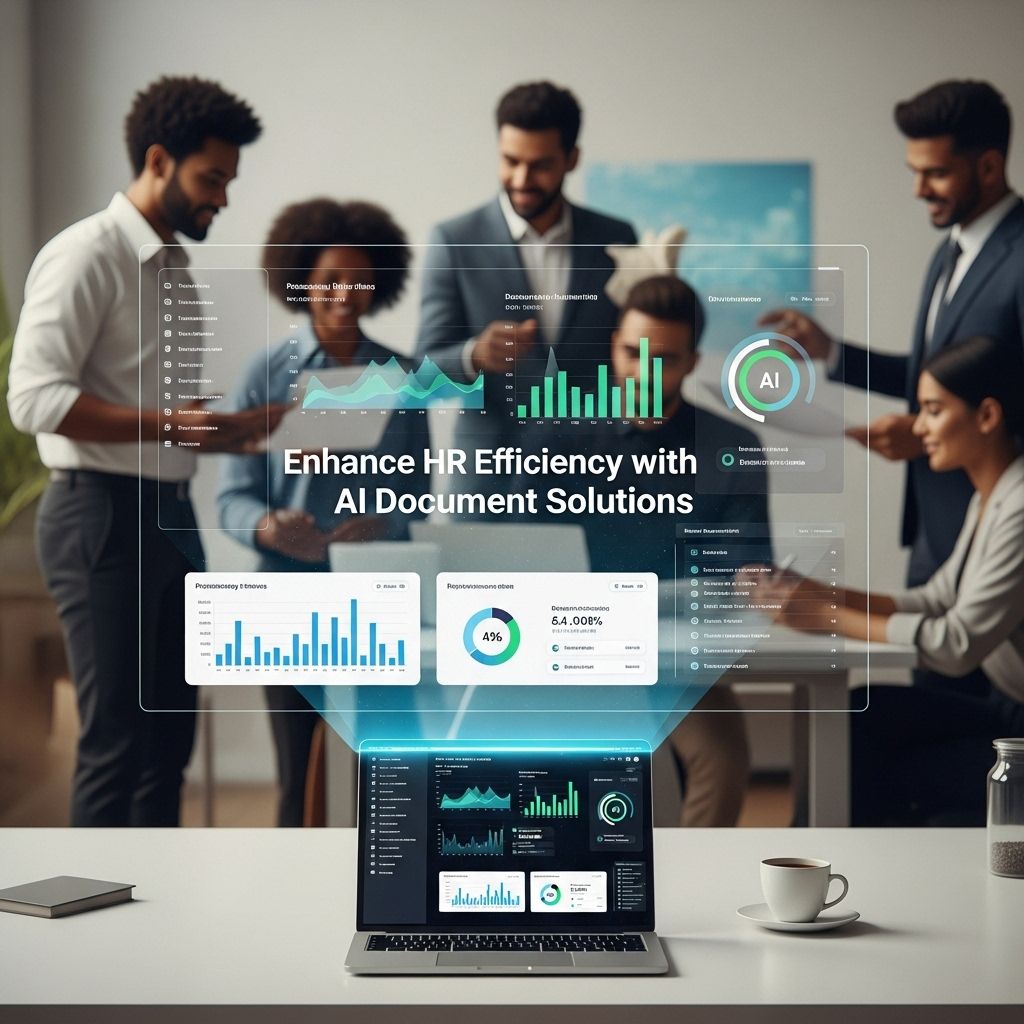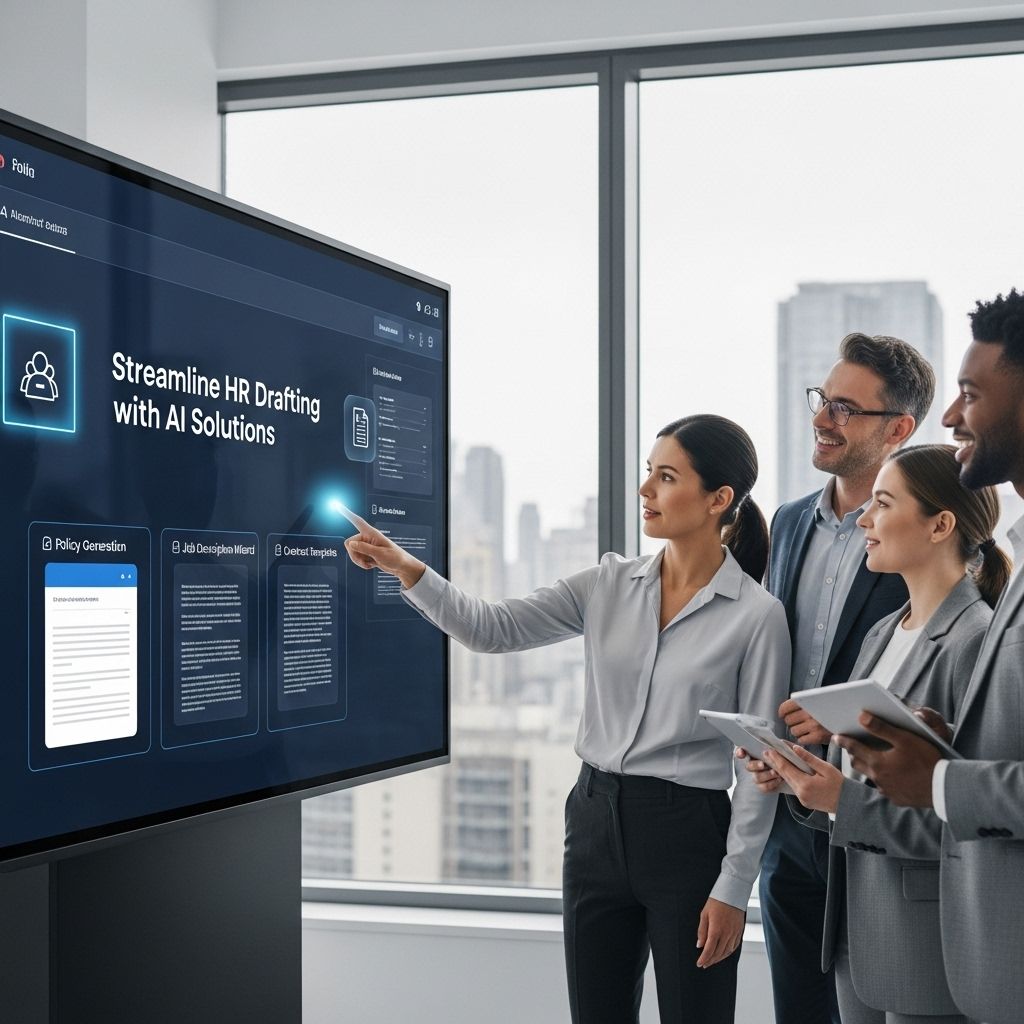Boost Employee Morale with AI Tools
Discover how AI analysis tools can enhance employee morale, engagement, and productivity in the workplace.

In today’s fast-paced work environment, keeping employees motivated and engaged is more critical than ever. A motivated workforce not only enhances productivity but also fosters a positive work culture. With advancements in technology, particularly in artificial intelligence (AI), organizations can leverage data-driven insights to boost employee morale effectively. This article delves into how AI analysis tools can be used to enhance employee engagement and overall job satisfaction.
Table of Contents
Understanding Employee Morale
Employee morale refers to the overall outlook, attitude, satisfaction, and confidence that employees feel at work. High morale can lead to improved performance and productivity, while low morale can result in high turnover rates and decreased performance. Factors influencing employee morale include:
- Work Environment: A safe, collaborative, and innovative work atmosphere contributes significantly to employee happiness.
- Management Style: Leaders who communicate effectively, provide feedback, and show appreciation can positively impact morale.
- Career Development: Opportunities for growth and learning are crucial for keeping employees engaged.
- Work-Life Balance: Maintaining a balance between personal and professional life is essential for employee well-being.
The Role of AI in Enhancing Employee Morale
AI analysis tools can provide insights that help organizations make data-driven decisions aimed at improving employee morale. Here are some of the key ways these tools can be utilized:
1. Employee Sentiment Analysis
AI-powered sentiment analysis can help organizations gauge employee feelings through various data sources, including:
- Employee Surveys: Regularly conducting surveys allows companies to collect feedback about workplace satisfaction.
- Social Media Monitoring: Analyzing mentions and discussions about the workplace on social platforms can provide insights.
- Internal Communication Channels: Monitoring communications can reveal underlying emotions and sentiments.
By aggregating this data, AI tools can offer insights into overall employee sentiment trends and identify areas requiring attention.
2. Personalized Employee Experience
AI can help tailor the employee experience by analyzing individual preferences, work styles, and performance data. This personalized approach can include:
- Customized Learning Paths: AI can analyze an employee’s current skill set and suggest personalized training programs to aid in professional growth.
- Tailored Recognition Programs: Organizations can use AI to identify top performers in real-time and recognize them in a manner that resonates with their values.
- Flexible Work Arrangements: By analyzing productivity data, companies can offer flexible working options suited to individual employees’ needs.
3. Predictive Analytics for Employee Retention
AI can also help predict which employees are at risk of leaving the organization. By analyzing various factors such as:
| Factor | Impact on Retention |
|---|---|
| Job Satisfaction | Low satisfaction often leads to increased turnover. |
| Engagement Levels | Unengaged employees are more likely to leave. |
| Career Advancement Opportunities | Limited growth can push employees to seek other opportunities. |
Organizations can proactively address concerns by identifying at-risk employees and implementing retention strategies.
Implementing AI Tools in the Workplace
While the benefits of AI analysis tools are clear, successful implementation requires strategic planning:
Step 1: Identify Goals
Before choosing an AI tool, organizations should clearly define their objectives, such as improving employee satisfaction scores, reducing attrition rates, or enhancing team collaboration.
Step 2: Evaluate Tools
There are numerous AI tools available, each with different functionalities. Some popular options include:
- Culture Amp: An employee feedback and analytics platform.
- Qualtrics: An experience management tool that provides insights on employee engagement.
- Peakon: A real-time employee engagement platform.
Organizations should evaluate tools based on their specific needs and use cases.
Step 3: Train and Engage Employees
It’s crucial to involve employees in the process, which includes:
- Training Sessions: Offer workshops on how to use the new tools effectively.
- Feedback Mechanisms: Encourage employees to provide feedback on the tools and their functionalities.
Step 4: Monitor and Improve
Post-implementation, organizations should continuously monitor the impact of AI tools on employee morale and make necessary adjustments based on feedback and performance metrics.
Leveraging Data for Continuous Improvement
AI is not just a one-time solution; it can facilitate an ongoing cycle of improvement. Organizations can create a feedback loop where:
- Data from AI tools is regularly reviewed to track the impact on employee morale.
- Insights are utilized to make informed decisions about workplace policies and practices.
- Employees are kept informed about changes made based on their feedback, fostering a culture of trust and transparency.
By leveraging data-driven insights, organizations can build a responsive workplace that values employee contributions and addresses their needs proactively.
Conclusion
In summary, AI analysis tools have the potential to revolutionize how organizations approach employee morale. By utilizing sentiment analysis, personalizing the employee experience, and implementing predictive analytics, companies can cultivate an environment where employees feel valued and engaged. These tools not only help in identifying areas for improvement but also contribute to a workplace culture that prioritizes employee satisfaction and productivity. As technology continues to advance, embracing AI will be essential for organizations looking to stay competitive and retain top talent in an ever-evolving landscape.
FAQ
How can AI analysis tools boost employee morale?
AI analysis tools can provide insights into employee satisfaction, identify areas for improvement, and help management make data-driven decisions to enhance workplace culture, ultimately boosting employee morale.
What features should I look for in AI tools to improve employee morale?
Look for features such as sentiment analysis, employee feedback collection, performance tracking, and reporting capabilities to effectively monitor and boost employee morale.
Can AI tools help in recognizing employee achievements?
Yes, many AI tools can track performance metrics and provide recognition reports, helping managers celebrate employee achievements and foster a positive work environment.
How does AI help in identifying employee burnout?
AI tools can analyze patterns in employee data, such as workload and engagement levels, to detect signs of burnout early and recommend interventions to improve employee well-being.
Is implementing AI tools for morale boosting expensive?
The cost of implementing AI tools varies, but many solutions offer scalable pricing, making it accessible for businesses of all sizes to enhance employee morale effectively.


